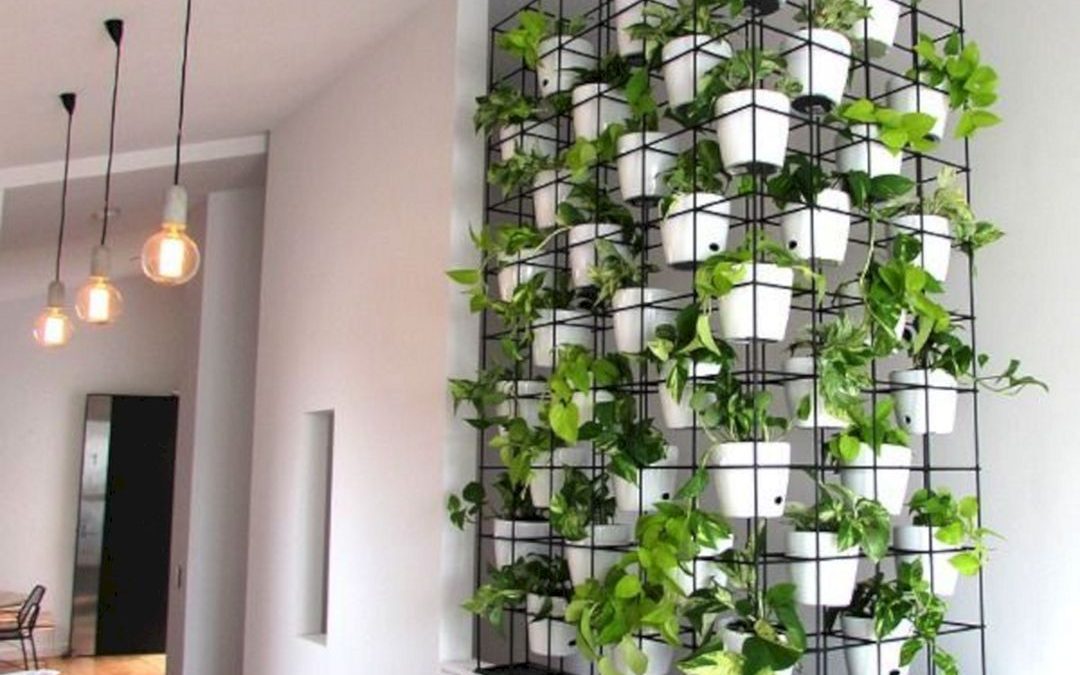Indoor vertical gardens have become increasingly popular as urban dwellers seek to bring nature into their homes while maximizing limited space. With a range of health benefits, aesthetic appeal, and environmental advantages, it’s no wonder that indoor vertical gardens have taken off. In this guide, we will explore the best plants for your indoor vertical garden, including why they’re the best, their prices, and how to maintain them.
Contents
- 1 Pothos (Epipremnum aureum)
- 2 Ferns (Polypodiopsida)
- 3 Spider Plant (Chlorophytum comosum)
- 4 English Ivy (Hedera helix)
- 5 Peace Lily (Spathiphyllum)
- 6 ZZ Plant (Zamioculcas zamiifolia)
- 7 Snake Plant (Sansevieria)
- 8 Philodendron (Philodendron spp.)
- 9 Golden Cane Palm (Dypsis lutescens)
- 10 Air Plants (Tillandsia)
Pothos (Epipremnum aureum)
Why it’s the best: Pothos is an excellent choice for an indoor vertical garden because it’s a hardy, fast-growing plant that requires minimal care. Its cascading vines can create a lush, green curtain effect in your garden. Pothos is an excellent air purifier, helping to remove toxins like formaldehyde, benzene, and xylene from the air, thus improving indoor air quality.
Varieties: Some popular Pothos varieties include Golden Pothos (with yellow variegation), Marble Queen (with white variegation), and Neon Pothos (with bright, lime-green leaves).
Price: Pothos is an affordable option, with prices ranging from $5 to $15, depending on the size and variety.
Maintenance: To keep your Pothos healthy, water it when the soil feels dry to the touch, which usually amounts to once a week. Provide bright, indirect light, but avoid direct sunlight, which can scorch the leaves. Trim the trailing vines as needed to maintain the desired shape and size. Fertilize your Pothos every 4-6 weeks during the growing season with a balanced, water-soluble fertilizer.
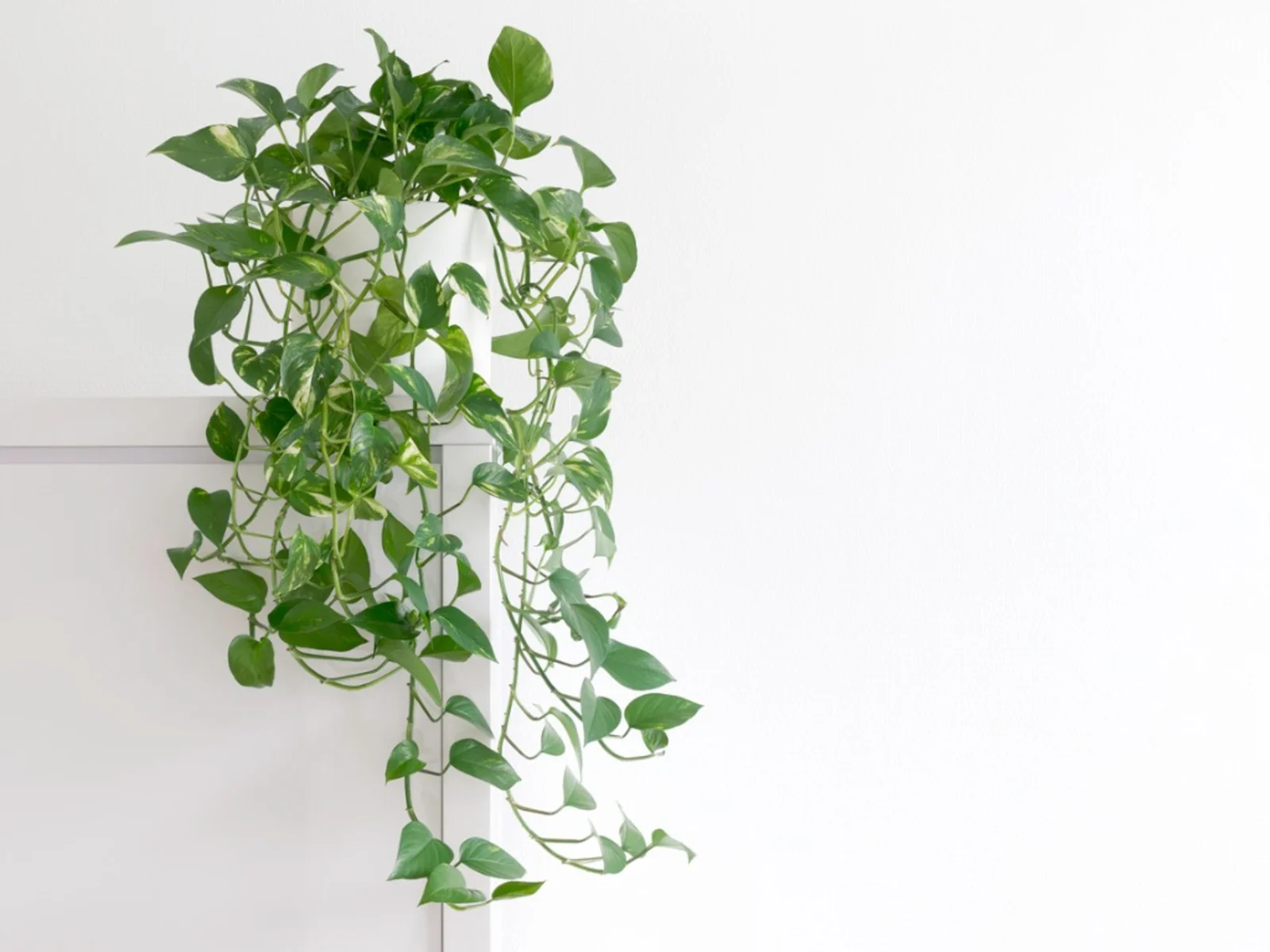
Ferns (Polypodiopsida)
Why it’s the best: Ferns are a versatile addition to any vertical garden due to their lush, green texture and ability to adapt to various light conditions. They can thrive in humid environments, making them suitable for bathrooms or kitchens. The intricate fronds add visual interest and depth to the garden.
Varieties: Popular fern varieties for indoor vertical gardens include the Boston Fern (Nephrolepis exaltata), Maidenhair Fern (Adiantum spp.), and Staghorn Fern (Platycerium spp.).
Price: Depending on the variety, ferns can range from $5 to $30.
Maintenance: Ferns love moisture, so water them frequently, keeping the soil consistently moist. Maintain high humidity by placing them on a tray filled with pebbles and water or by regularly misting the fronds. Keep them in bright, indirect light, and avoid direct sunlight, which can scorch their delicate fronds. Fertilize your ferns monthly with a balanced, water-soluble fertilizer during the growing season.
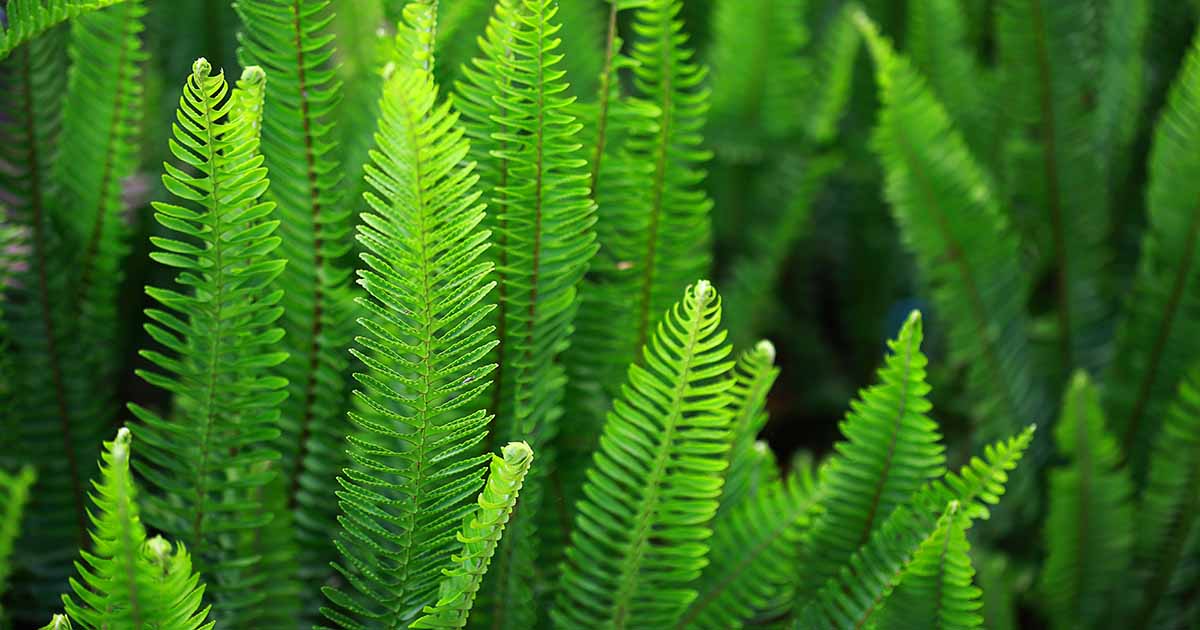
Spider Plant (Chlorophytum comosum)
Why it’s the best: Spider plants are a classic choice for indoor gardens due to their adaptability, air-purifying abilities, and iconic, arching leaves. They’re easy to propagate, which means you can easily expand your garden or share with friends. Spider plants can also help remove pollutants like formaldehyde, xylene, and toluene from the air.
Varieties: Some popular Spider Plant varieties include the variegated ‘Vittatum’ (with white stripes) and the all-green ‘Green Bonnie.’
Price: Spider plants are affordable, typically costing between $5 and $15.
Maintenance: Place your spider plant in bright, indirect light, and water it when the soil feels dry to the touch. Spider plants prefer well-draining soil, so ensure your vertical garden provides proper drainage. To propagate, simply cut off the baby spider plants, or “plantlets,” and place them in water or soil. Fertilize your Spider Plant every 4-6 weeks during the growing season with a balanced, water-soluble fertilizer.
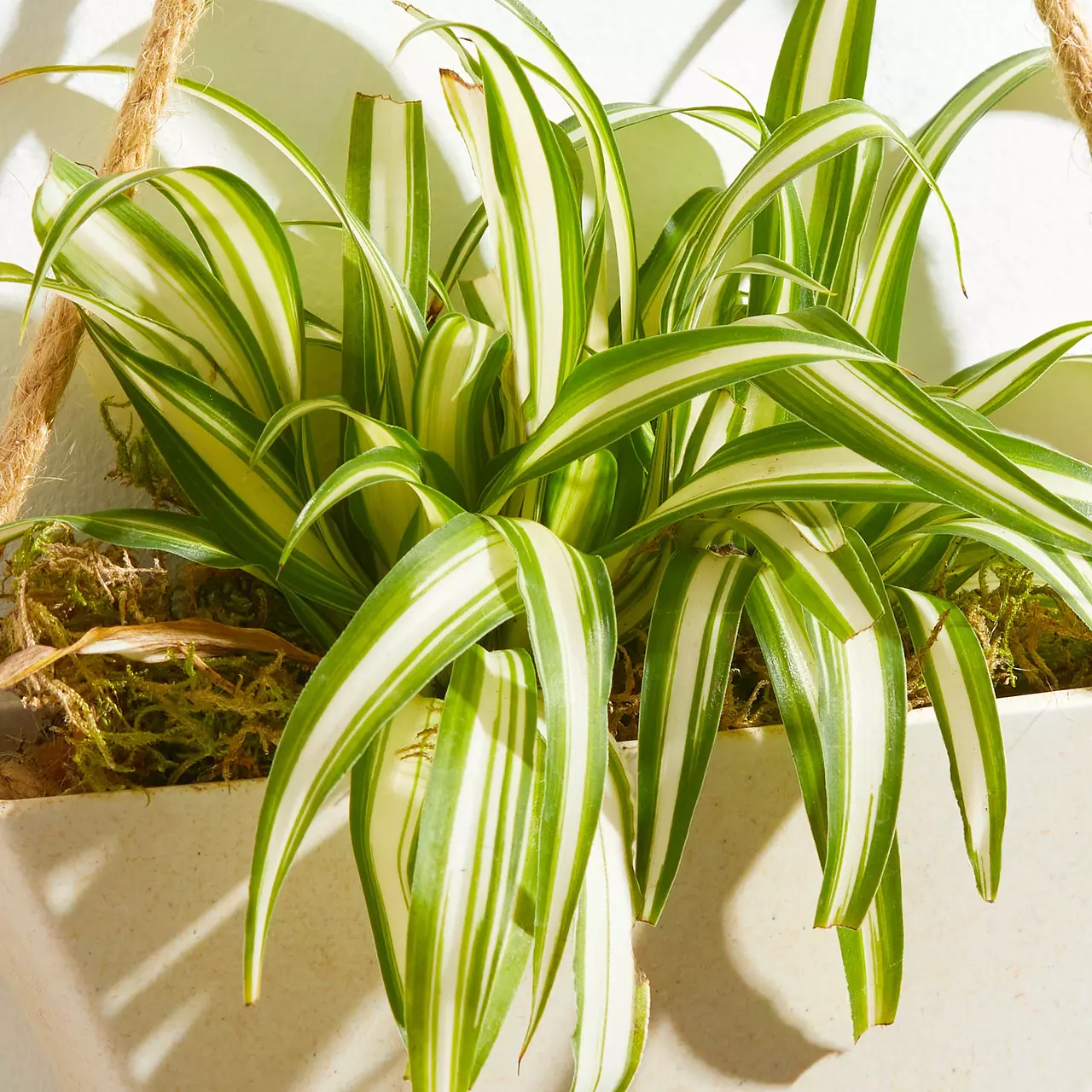
English Ivy (Hedera helix)
Why it’s the best: English Ivy is an excellent choice for a vertical garden because it’s a vigorous climber with beautiful, evergreen foliage. Its dense growth can create a stunning green wall effect. English Ivy is known to purify the air and remove allergens like mold and dust. It can also help reduce indoor air pollutants like benzene, formaldehyde, and trichloroethylene.
Varieties: Some popular English Ivy varieties include ‘Glacier’ (with white and silver variegation), ‘Gold Child’ (with gold and green variegation), and ‘Green Ripple’ (with wavy, dark green leaves).
Price: English Ivy is moderately priced, with costs ranging from $10 to $25, depending on the size and variety.
Maintenance: English Ivy prefers bright, indirect light and evenly moist soil. Be sure not to overwater, as this can lead to root rot. Regularly trim the vines to maintain the desired shape and size. Keep in mind that English Ivy can be invasive in outdoor settings, so it’s essential to trim and dispose of the cuttings responsibly. Be cautious if you have pets, as English Ivy can be toxic to cats and dogs if ingested. Fertilize your English Ivy every 4-6 weeks during the growing season with a balanced, water-soluble fertilizer.
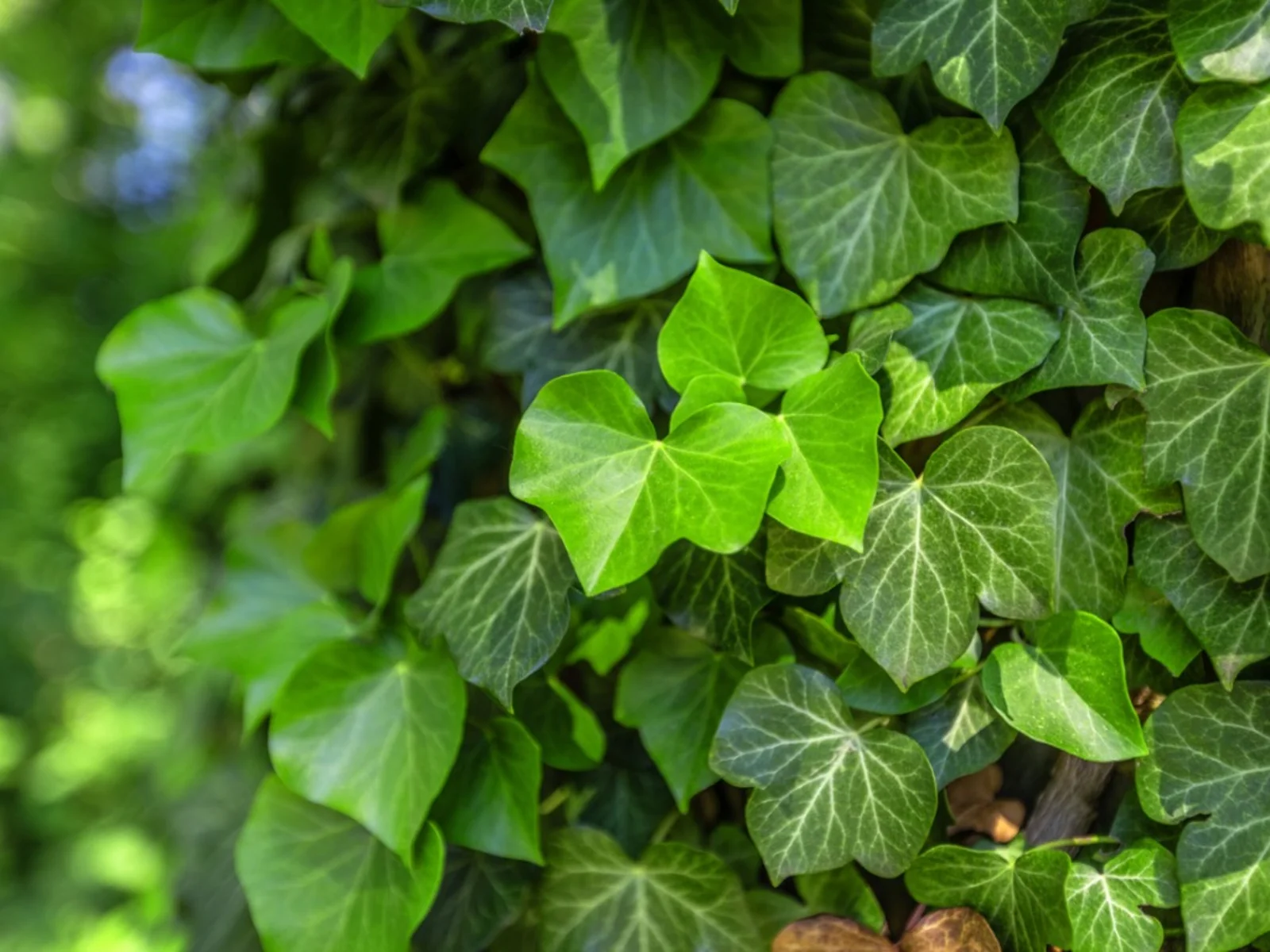
Peace Lily (Spathiphyllum)
Why it’s the best: The Peace Lily is an elegant and versatile plant that is well-suited for vertical gardens. Its attractive, glossy leaves and distinctive white flowers add a touch of sophistication to any space. The Peace Lily is known for its air-purifying qualities and ability to remove toxins like benzene, formaldehyde, and ammonia from the air.
Varieties: Some popular Peace Lily varieties include the compact ‘Domino’ (with white variegation) and the large, showy ‘Sensation.’
Price: Peace Lilies range in price from $15 to $50, depending on the size and variety.
Maintenance: Peace Lilies prefer low to medium light, making them suitable for rooms with limited natural light. They thrive in well-draining soil and should be watered when the top inch of soil feels dry. Mist the leaves to maintain humidity, and remove any yellow or brown leaves to keep the plant looking its best. Keep in mind that Peace Lilies are toxic to pets if ingested. Fertilize your Peace Lily every 6-8 weeks during the growing season with a balanced, water-soluble fertilizer.
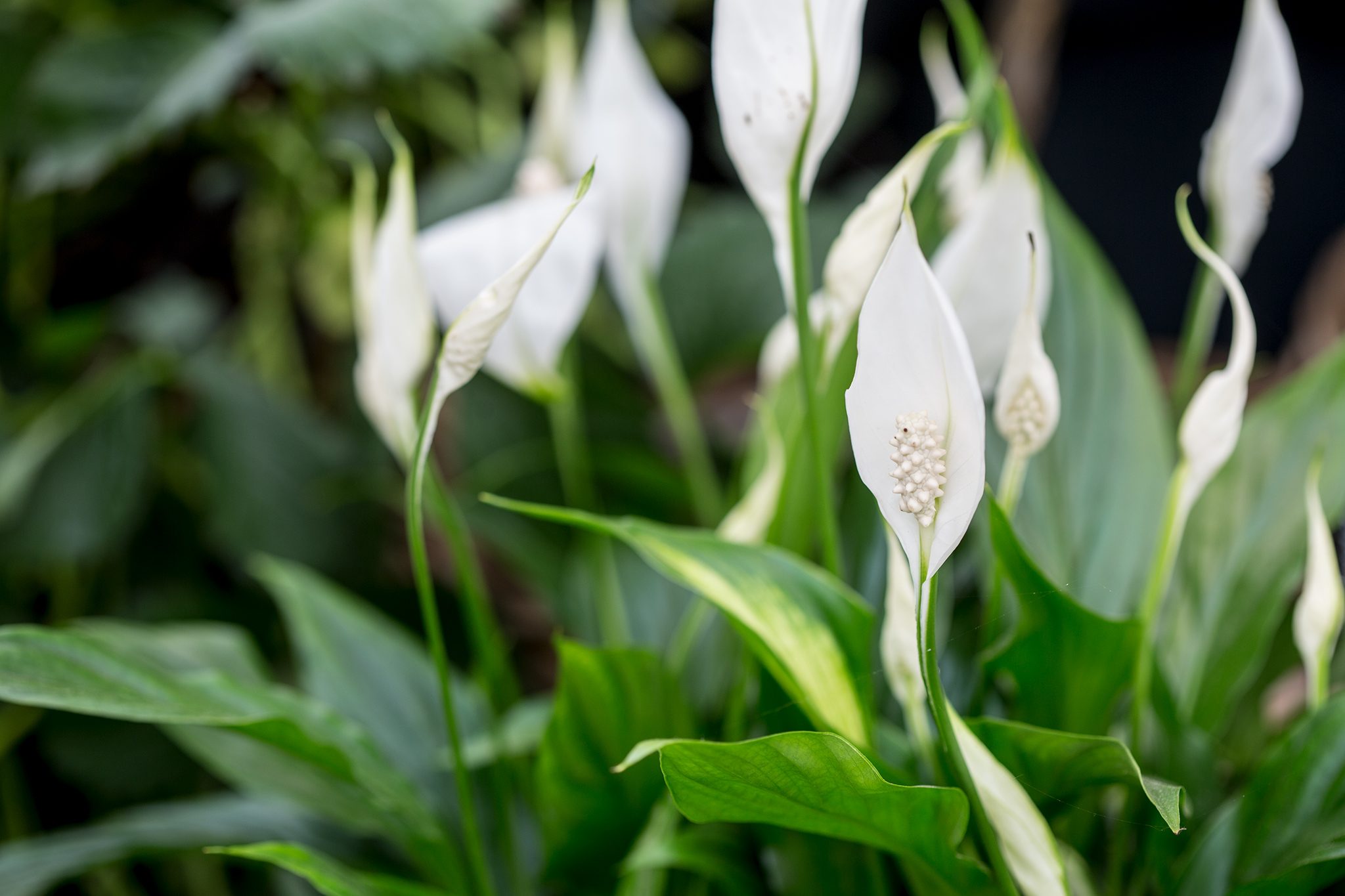
ZZ Plant (Zamioculcas zamiifolia)
Why it’s the best: The ZZ Plant is an excellent choice for a vertical garden due to its striking, glossy foliage and low-maintenance nature. Its sturdy, upright stems can add structure and interest to your garden. The ZZ Plant is known to purify the air and improve indoor air quality, helping to remove pollutants like xylene, toluene, and benzene.
Price: ZZ Plants are moderately priced, with costs ranging from $20 to $60, depending on the size and variety.
Maintenance: ZZ Plants are drought-tolerant and thrive in low to medium light, making them suitable for rooms with limited natural light. Water them sparingly, allowing the soil to dry out between waterings. Overwatering can lead to root rot, so it’s essential to provide well-draining soil and proper drainage in your vertical garden. ZZ Plants can tolerate occasional neglect, making them perfect for busy plant owners. Fertilize your ZZ Plant every 4-6 months with a balanced, water-soluble fertilizer.

Snake Plant (Sansevieria)
Why it’s the best: Snake Plants are a popular choice for vertical gardens due to their architectural, upright growth habit and air-purifying properties. They are hardy and can tolerate a range of light conditions, making them suitable for various indoor environments. Snake Plants are known for their ability to remove toxins like benzene, formaldehyde, and xylene from the air.
Varieties: Some popular Snake Plant varieties include ‘Laurentii’ (with yellow-striped edges), ‘Moonshine’ (with silvery-green leaves), and ‘Cylindrica’ (with round, cylindrical leaves).
Price: Snake Plants range in price from $10 to $40, depending on the size and variety.
Maintenance: Snake Plants are low-maintenance and prefer well-draining soil. Water them sparingly, allowing the soil to dry out between waterings. Overwatering can lead to root rot, so be cautious and provide proper drainage in your vertical garden. They can thrive in low to bright light, but avoid direct sunlight, which can damage their leaves. Fertilize your Snake Plant every 2-3 months during the growing season with a balanced, water-soluble fertilizer.
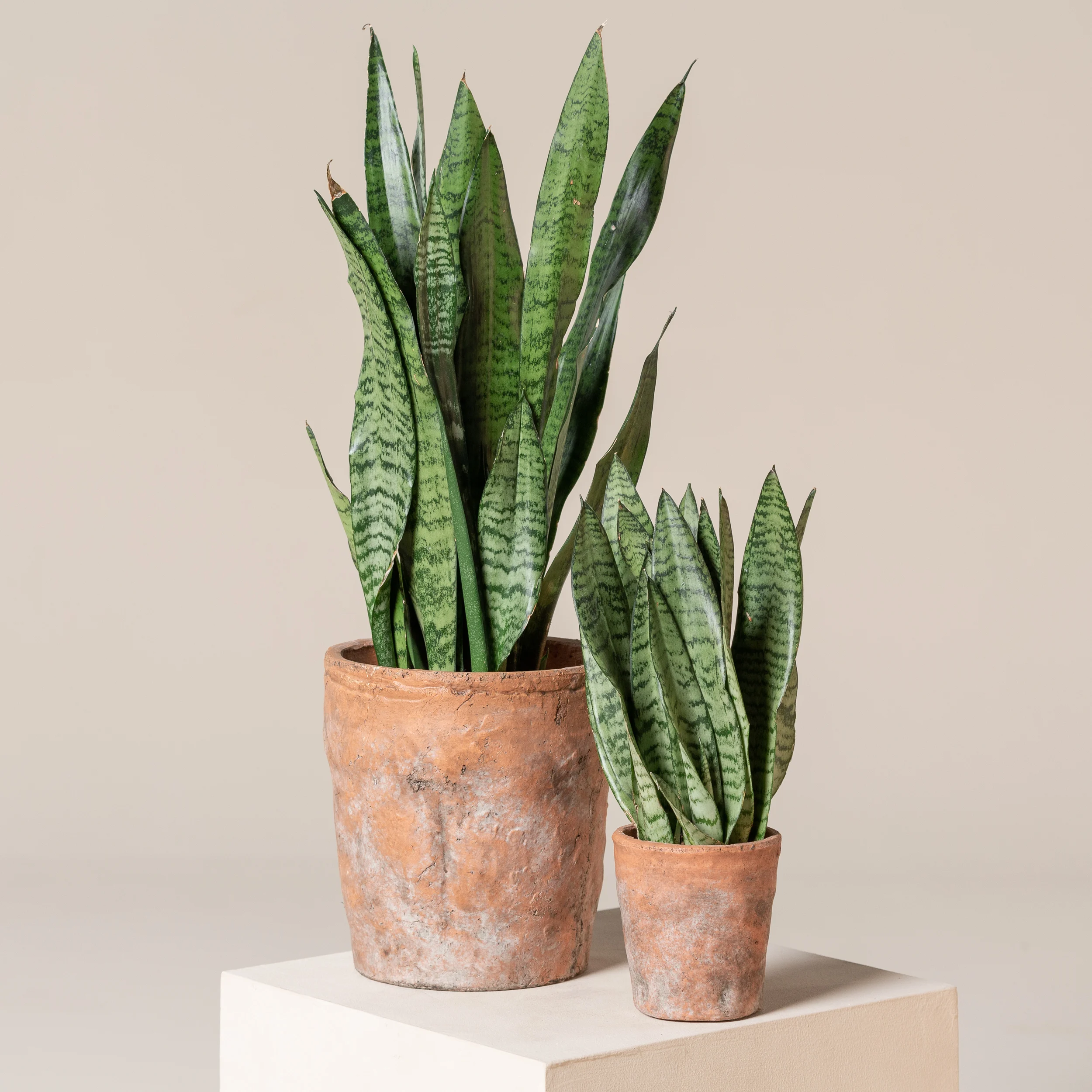
Philodendron (Philodendron spp.)
Why it’s the best: Philodendrons are a diverse group of plants that add a tropical touch to any vertical garden. They are easy to grow and maintain, and many varieties have air-purifying qualities, helping to remove toxins like formaldehyde from the air. Their trailing vines or upright growth can create a stunning visual effect in your garden.
Varieties: Popular Philodendron varieties for indoor vertical gardens include the trailing Heartleaf Philodendron (Philodendron hederaceum), the upright ‘Congo Rojo’ (Philodendron tatei), and the striking ‘Birkin’ (Philodendron ‘Birkin’).
Price: Philodendron prices vary depending on the species and size, ranging from $10 to $50.
Maintenance: Philodendrons generally prefer bright, indirect light and evenly moist soil. Water them when the top inch of soil feels dry, and mist the leaves to maintain humidity. Trim as needed to maintain the desired shape and size. Fertilize your Philodendron every 4-6 weeks during the growing season with a balanced, water-soluble fertilizer.
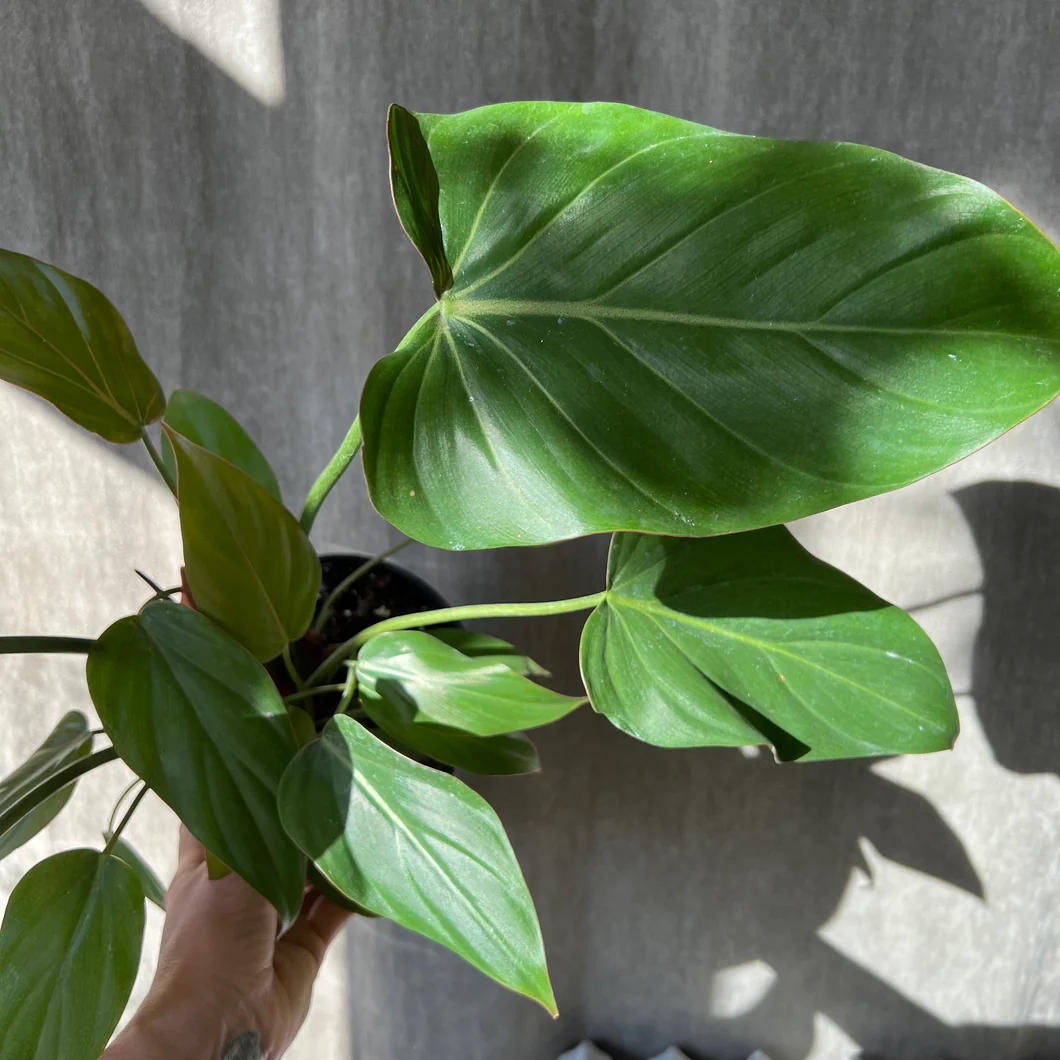
Golden Cane Palm (Dypsis lutescens)
Why it’s the best: The Golden Cane Palm is a popular indoor palm that adds a tropical feel to any vertical garden. Its graceful, arching fronds create a lush, green canopy that can provide an attractive focal point. The Golden Cane Palm is a natural air purifier, helping to remove toxins like formaldehyde and xylene from the air.
Price: Golden Cane Palms range in price from $20 to $80, depending on the size and age of the plant.
Maintenance: Golden Cane Palms thrive in bright, indirect light and well-draining soil. Keep the soil consistently moist, but avoid overwatering, as this can lead to root rot. Regularly trim dead fronds to maintain a neat appearance. Fertilize your Golden Cane Palm every 2-3 months during the growing season with a balanced, water-soluble fertilizer.
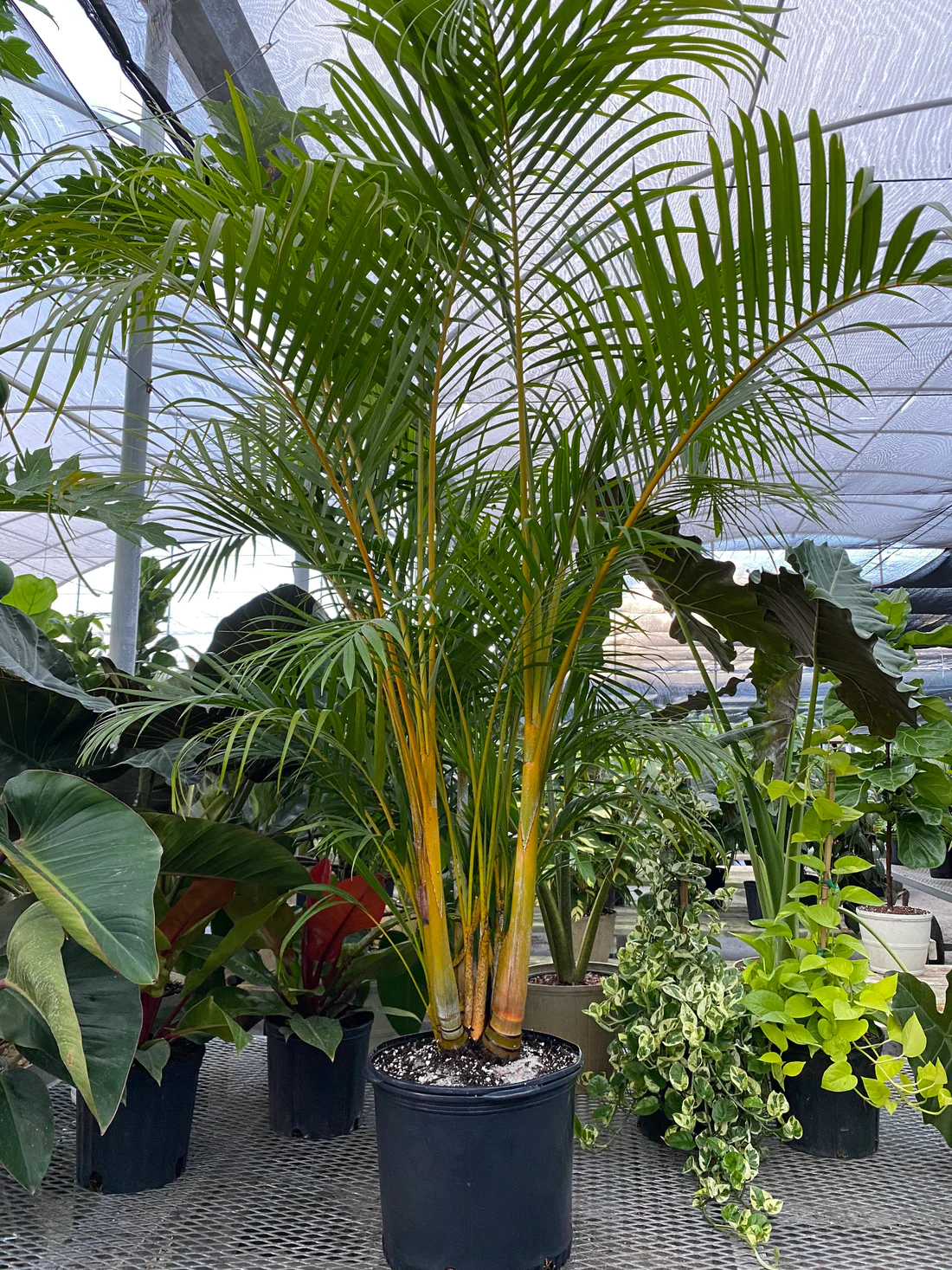
Air Plants (Tillandsia)
Why it’s the best: Air plants are unique, eye-catching additions to any vertical garden. They don’t require soil and can be easily attached to various vertical surfaces, such as wire grids, wooden panels, or even suspended in glass containers. This versatility makes them perfect for small spaces and unique designs.
Varieties: There are over 600 species of Tillandsia, with diverse shapes, sizes, and colors. Some popular air plants for vertical gardens include Tillandsia ionantha, Tillandsia xerographica, and Tillandsia aeranthos.
Price: Air plants range in price from $2 to $20, depending on the size and variety.
Maintenance: Air plants absorb moisture and nutrients through their leaves, so mist them regularly or soak them in water for 20-30 minutes once a week. After soaking, gently shake off excess water and let them air dry before placing them back in the vertical garden. Provide bright, indirect light, and ensure they have proper air circulation to prevent rot. To encourage blooming and optimal growth, fertilize your air plants once a month with a bromeliad-specific fertilizer, diluted to half the recommended strength.
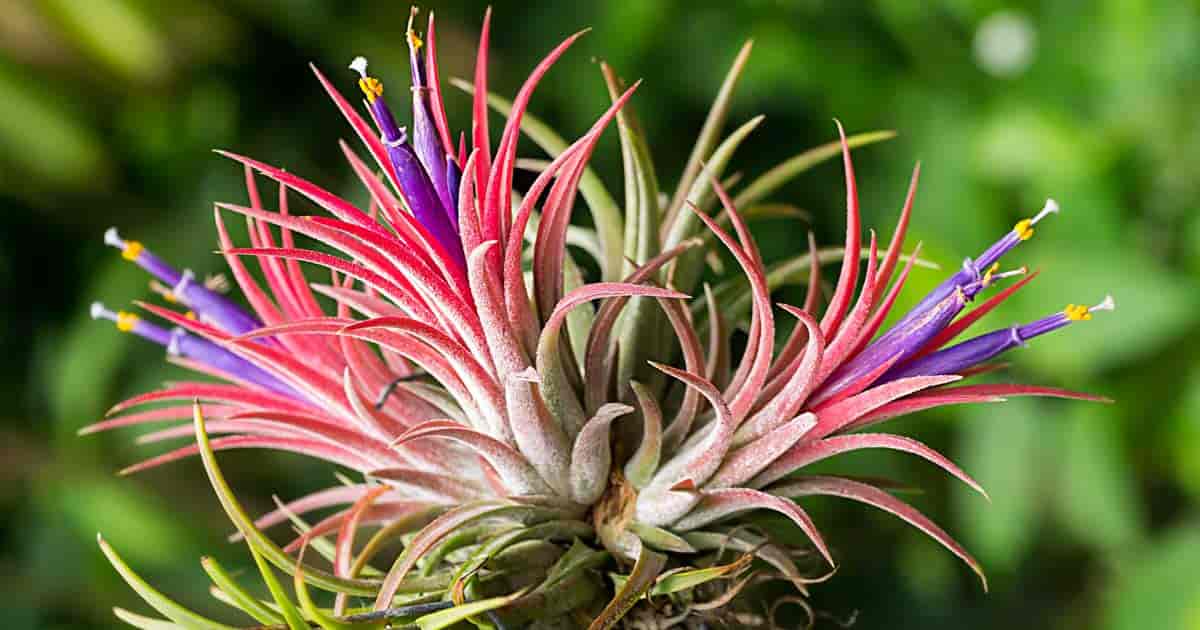
In conclusion, indoor vertical gardens offer endless possibilities for creativity and personalization. By selecting the best plants for your space, you can enjoy a beautiful, thriving garden that purifies the air and enhances your indoor environment. Whether you choose classic favorites like Pothos and Ferns or unique additions like Air Plants, remember to consider the specific needs of each plant to ensure a healthy, vibrant vertical garden. Happy gardening!

